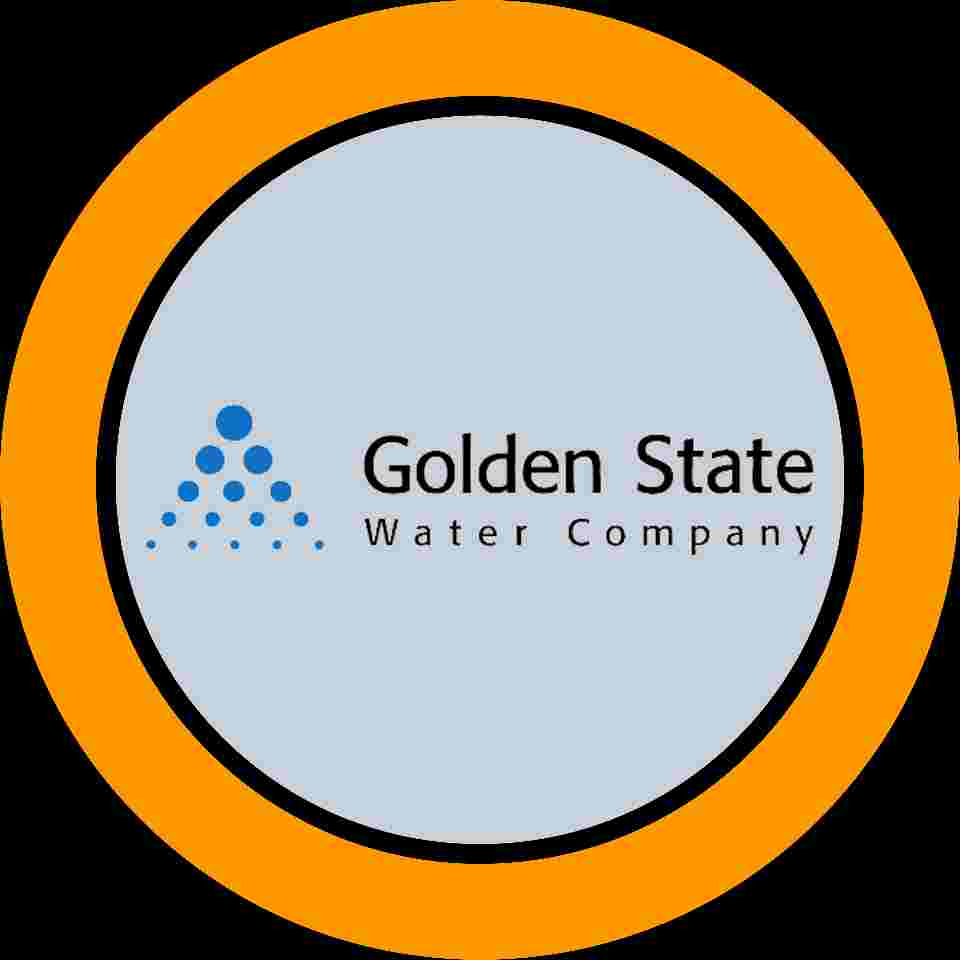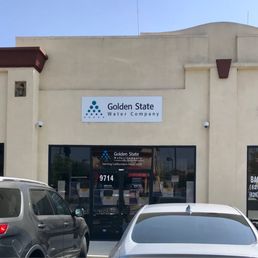Golden State Water
Golden State Water Company (GSWC) is a private, for-profit utility providing water services to over 260,000 customers across California. Operating under the oversight of the California Public Utilities Commission (CPUC), the company has faced both praise for infrastructure modernization and criticism for high rates and profit-driven policies. This detailed analysis explores GSWC’s operations, investments, controversies, and the broader context of California’s water challenges.
1. Infrastructure Investments and Service Area Projects
GSWC prioritizes infrastructure upgrades to ensure water reliability, particularly in drought-prone regions. Key projects in its Clearlake and Los Osos service areas highlight its commitment to modernization.
Clearlake Service Area
- Capital Investments: Over $6.1 million is allocated for 2025–2027 to replace aging infrastructure, including pipelines, meters, and purification systems. A new well and SCADA technology upgrades aim to meet federal and state water standards 4.
- Recent Projects:
- Sonoma & Lakeshore VFDs: Installation of Variable Frequency Drives ($460,000) to optimize water treatment 4.
- Lower Lakeshore Pipeline: Replacement of 2,000 feet of pipeline and installation of 3 fire hydrants ($585,000) 4.
- Lakeshore Plant Emergency Generator: Ensures service continuity during power outages ($115,000) 4.
Los Osos Service Area
- Capital Investments: $5.1 million is earmarked for 2025–2027 to rehabilitate wells, replace mains, and upgrade distribution systems 7.
- Current Projects (as of 2024):
- Exterior Recoat of Water Storage Tank: Scheduled for May–August 2024 to maintain tank integrity 7.
- Water Main Improvements: Over 1,800 feet of pipeline replaced on Pecho Valley Road and Rodman Drive 7.
- Lewis Lane Well Destruction: Mitigates risks from outdated infrastructure 7.
These projects reflect GSWC’s focus on resilience, though critics argue costs are disproportionately borne by ratepayers 15.
2. Financial Commitments and Rate Increases
GSWC’s rate-setting process, governed by the CPUC, has sparked backlash due to steep hikes.
- GRC 2023 General Case: Approved rates for 2025–2027 aim to fund infrastructure but have drawn scrutiny. For example, Clearlake customers will fund 6.1millioninupgrades,whileLosOsosinvests5.1 million 47.
- Historical Rate Hikes:
- 100% Increase Since 2000: Rates in some areas, like Tustin’s Cowan Heights System, have doubled, with a 31% spike over three years and an additional 20% approved for 2013–2015 15.
- Profit Model: As a private entity, GSWC adds 8–10% annual profit margins to capital improvement costs, a practice criticized compared to nonprofit public agencies 15.
Check: https://www.gswater.com/

3. Drought Context and Operational Challenges
California’s prolonged droughts shape GSWC’s operational priorities. The state’s 2012–2016 “exceptional drought” forced utilities to balance conservation with revenue needs:
- Statewide Mandates: Cities were ordered to cut water use by 35%, impacting utility revenues by $600 million in 2015 9.
- GSWC’s Response: Investments in wells, storage tanks, and leak detection align with drought resilience goals. However, rate hikes to fund these projects strain low-income households 915.
- Climate Pressures: Warm El Niño rains complicate reservoir replenishment, underscoring the need for infrastructure like GSWC’s upgraded treatment plants 9.
4. Controversies and Community Opposition
GSWC faces grassroots campaigns to replace its services with public alternatives, driven by affordability concerns.
Key Criticisms
- Profit vs. Public Interest: Critics argue GSWC prioritizes shareholder returns over affordability. For example, Tustin residents pay 2–3 times more than neighboring public agency customers 15.
- Legal Defeats:
- Ojai and Claremont Cases: Courts rejected GSWC’s appeals against municipal takeovers, allowing communities to pursue public ownership 15.
- Supreme Court Refusal: In 2023, the state Supreme Court declined to hear GSWC’s final appeal, enabling system acquisitions 15.
Community-Led Solutions
- Foothill Communities Association (FCA): Advocates for a “Water Rescue Bond” to fund a public takeover. Savings from lower rates would repay the bond within 30 years 15.
- Projected Savings: Transitioning to a public agency could cut rates by 40–50%, redirecting funds from profits to infrastructure 15.
5. The Path Forward: Balancing Reliability and Equity
GSWC’s future hinges on addressing two competing priorities:
- Infrastructure Modernization: Continued investment in pipelines, treatment plants, and drought resilience is critical 47.
- Affordability: Mitigating rate hikes through state subsidies or community ownership models could restore public trust 15.
Policy Recommendations
- Transparent Rate Setting: Increase community input in CPUC decisions to reduce perceived inequities.
- Public Partnerships: Collaborate with municipalities on shared infrastructure projects to lower costs.
- State Funding: Leverage California’s $8 billion drought relief fund to offset customer burdens 9.
Conclusion
Golden State Water Company embodies the complexities of California’s water management: a blend of proactive infrastructure investment and contentious profit-driven practices. While its upgrades enhance reliability, mounting opposition highlights a systemic tension between private utility models and public affordability. As droughts intensify and communities mobilize, GSWC’s ability to adapt—whether through rate reforms or partnerships—will determine its role in California’s water future. For now, the battle between profit and public good remains unresolved, mirroring the state’s broader struggle to balance growth with sustainability.
Sources: Golden State Water Company 1, Clearlake Projects 4, Los Osos Updates 7, Drought Analysis 9, Community Opposition 15.







